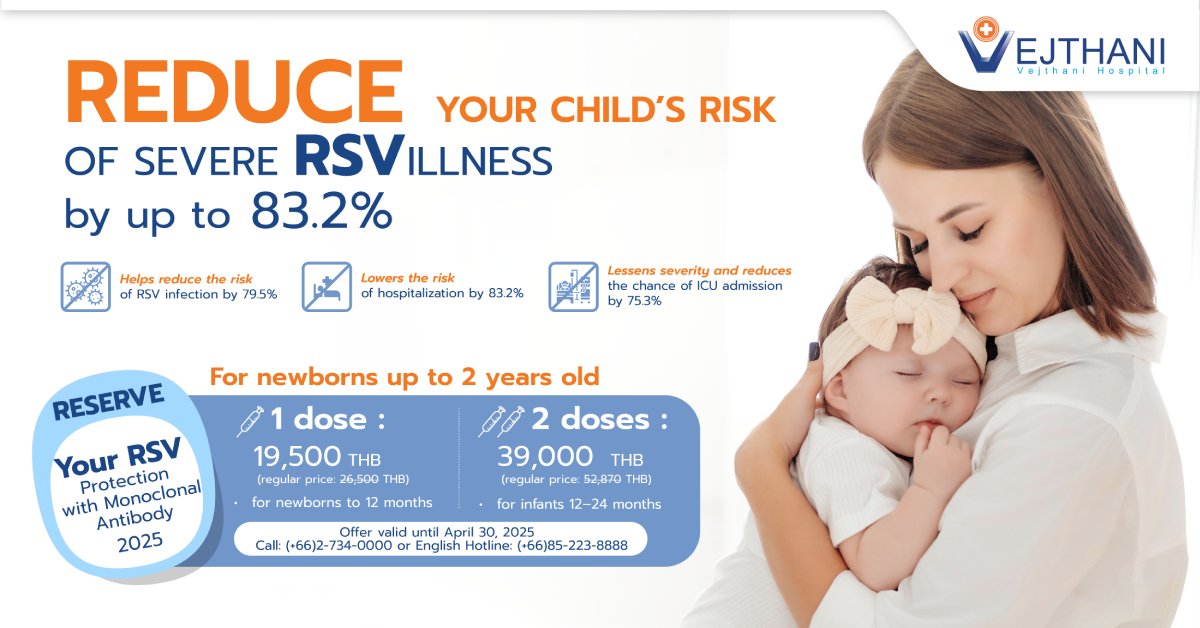
Mastectomy
Overview
A mastectomy is a surgical procedure aimed at removing some or all of the breast tissue, serving both as a treatment and preventive measure for breast cancer. If diagnosed with breast cancer, surgery becomes an integral part of the treatment plan. In cases of a high risk of future breast cancer development, a doctor may recommend a preventative mastectomy to mitigate the risk.
Mastectomies come in various types, involving the removal of either a portion or the entirety of breast tissue. Additionally, there are diverse methods for breast reconstruction post-removal, discussions of which will be held with your doctor. As you collaborate on outlining your breast cancer treatment plan, you’ll be presented with a series of decisions to make.
Types of mastectomy
Different types of mastectomies are named based on the extent of tissue removal by your surgeon:
- Total Mastectomy (Simple Mastectomy): Removes all breast tissue while preserving the underlying pectoral muscles. Can be unilateral (one breast) or bilateral (both breasts).
- Double Mastectomy (Bilateral Mastectomy): Involves a total mastectomy for both breasts. Recommended for cases of cancer in both breasts or a high risk of bilateral breast cancer.
- Skin-Sparing Mastectomy or Nipple-Sparing Mastectomy: Removes breast tissue while sparing the skin and/or nipple for potential use in breast reconstruction.
- Mastectomy with Breast Reconstruction: Offers the option of simultaneous breast reconstruction during mastectomy, depending on your condition and treatment plan. Alternatively, reconstruction can be performed in a separate surgery.
- Modified Radical Mastectomy: Removes all breast tissue and underarm lymph nodes on the same side. Commonly performed when breast cancer is likely to spread to the lymph nodes.
- Radical Mastectomy: Procedure removing all breast tissue, underarm lymph nodes, and underlying pectoral muscles. Considered in cases where cancer has spread to the muscles, though uncommon in contemporary practice.
Reasons for undergoing the procedure
Treatment
In the presence of breast cancer, the optimal strategy for overcoming it involves the elimination of cancer cells from the body. This entails the removal of any tissue harboring cancer cells. The extent of this operation can vary, ranging from a relatively minor to a more substantial procedure, contingent on the tumor’s size and the amount of tissue requiring removal.
Prevention
Individuals with specific genetic mutations in their DNA face a potential 85% likelihood of developing breast cancer during their lifetime. Genetic testing plays a crucial role in identifying these genes, such as BRCA1, BRCA2, p53, and PTEN. If these genes are present, various preventive measures, including prophylactic mastectomy, can be considered. Prophylactic mastectomy has been shown to decrease the risk of breast cancer by approximately 90%, although a minimal residual risk persists due to the presence of a few remaining breast cells.
Surgery stands as the foremost recommended treatment in the following cases:
- Infiltrating ductal carcinoma.
- Infiltrating lobular carcinoma.
- Triple-negative breast cancer.
- Inflammatory breast cancer.
- Paget’s disease of the breast.
- A substantiated high risk of breast cancer.
Stage of breast cancer requiring a mastectomy
In instances where the tumor’s size permits complete removal by removing only a third or less of the breast tissue, your doctor might recommend a partial mastectomy, also known as a lumpectomy. Conversely, large tumors may necessitate a total mastectomy, involving the removal of the entire breast. The choice between partial and complete mastectomy is influenced by factors like breast size and tumor dimensions, particularly in earlier stages.
Individuals with a genetic predisposition or a history of breast cancer may face an elevated risk of developing a subsequent cancer. In such scenarios, opting for a complete mastectomy can address the existing cancer and mitigate the likelihood of a future second cancer. However, in Stage IV (metastatic breast cancer), the disease has progressed too extensively for surgical intervention to be effectively beneficial.
If the tumor is sufficiently distant from your nipple and shows no signs of infiltrating it with cancer, you might qualify for a nipple-sparing mastectomy. In this procedure, your surgeon removes the breast tissue while preserving the skin and nipple.
Risks
Early complications that may arise from the procedure include:
- Wound infection: Surgeons take precautions to prevent this, with the risk being less than 1%.
- Flap necrosis: The risk of flap necrosis is low. This complication involves a loss of blood supply to the incised tissue, resulting in tissue death. Addressing this may necessitate removal of the affected tissue, potentially replaced with a skin graft.
- Hematoma: A rare complication characterized by the accumulation of blood under the incision wound.
Delayed complications can include:
- Seroma: The buildup of fluid within the wound, more likely if a surgical drain is not used, leading to swelling and tenderness.
- Post-Mastectomy Pain Sndrome (PMPS): Up to 20% of individuals may experience persistent pain or irritation near the surgical site. Symptoms, such as tingling, prickling, burning, itching, and shooting pain, are attributed to nerve damage, especially when tissue close to the underarm is removed. If you encounter PMPS symptoms, inform your doctor for specialized medication to address nerve pain.
- Lymphedema: The risk of lymphedema is higher after the removal of numerous lymph nodes, resulting from damage to the lymphatic system. Improper drainage of lymph fluid causes swelling, particularly in the arms and legs. Although not curable, early intervention with physical therapy and massage can help manage and prevent the progression of symptoms.
Before the procedure
You will engage in a detailed discussion with your doctor about your condition, treatment alternatives, and your preferences for breast reconstruction. Together, you will formulate a comprehensive plan encompassing the chosen mastectomy type, potential additional cancer therapies, and any desired cosmetic surgeries. The integration of these variables will be carefully considered before proceeding to schedule your surgery.
During the procedure
- Initially, your doctor will administer general anesthesia, ensuring you remain unconscious throughout the procedure.
- You’ll be equipped with a breathing tube and receive IV fluids through a vein, with the possibility of a urinary catheter if the procedure is prolonged.
- The surgical site will be cleansed and sterilized by your surgeon. Antibiotics will be administered through your IV to prevent infections.
- To identify nearby lymph nodes, a mild radioactive tracer may be injected into your breast, detectable with a handheld scanner. Alternatively, a blue dye may be used to highlight the lymph nodes. The dye may remain in your tissues for several weeks.
- Your surgeon will then proceed to remove your breast tissue, deciding whether to include or spare the skin and nipple based on the extent of cancer involvement.
- Depending on your cancer stage, one or more lymph nodes may be removed and sent to the lab for cancer examination.
- Breast reconstruction may be initiated and completed during this procedure, utilizing artificial implants and/or tissue from another part of your body.
- If reconstruction is not immediate, your surgeon will close the flap. You can opt for reconstruction later or choose not to undergo it.
- A temporary drain may be left in the surgical site, aiding in the drainage of excess fluids into an external collection bulb for a week or two postoperatively.
After the procedure
You may spend the night in the hospital, and if the surgery is more extensive, your stay might be longer. Your doctor will instruct you on how to care for your wound and manage the surgical drain at home.
While awaiting lab results to determine the next steps, your doctor will examine the removed breast tissue and lymph nodes to confirm the complete removal of cancer. Typically, results are available within a couple of weeks. In most cases, additional surgery is unnecessary, but occasionally, the removal of extra lymph nodes or a broader tissue margin in the area may be required.
Post-surgery, you might undergo further cancer treatments like radiation or chemotherapy. Some individuals prefer completing these treatments before embarking on the breast reconstruction process. Even if breast reconstruction has begun, additional follow-up surgeries (revision surgery) may be necessary to achieve the desired final cosmetic outcome.
Outcome
Full recovery may take four to six weeks, with wound healing typically occurring within about three weeks. Initial sensations include fatigue, soreness, and stiffness in the chest, arm, and shoulder. Mild pain relievers generally suffice, and stiffness can be alleviated through exercise. Your doctor will prescribe specific exercises to aid recovery and advice on when it’s safe to resume heavier tasks.
Nerve healing is a gradual process, and various sensations may be experienced over the next few months. After surgery, chest numbness is common, accompanied by occasional twinges, tenderness, or phantom sensations. While many individuals regain some chest sensation around the two-year mark, it may never fully match the pre-surgery state.
Contact Information
service@vejthani.com






















